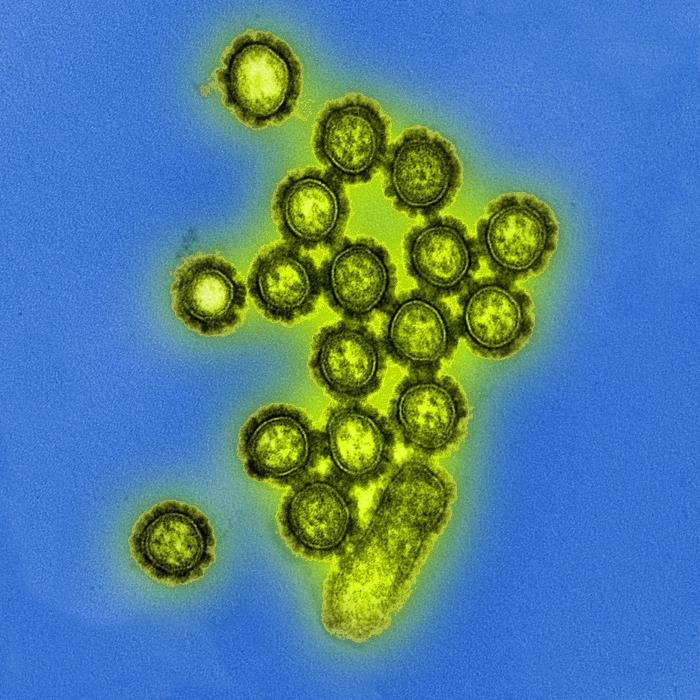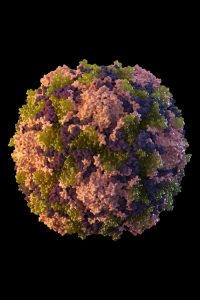The FY2018 Omnibus Appropriations Bill, which passed the Senate and the House last week and was signed into law by President Trump includes approximately $1.3 trillion in overall spending.
There are a number of infectious disease, health and outbreak programs as part of the appropriations and here are several that may be of interest to readers (the list is not all inclusive):
Food Safety and Inspection Service (FSIS) – $1.056 billion for food safety and inspection programs to ensure safe, healthy food for American families, while promoting the safety and productivity of the nation’s $186 billion meat and poultry industry. The bill will support more than 8,000 frontline inspection personnel for meat, poultry, and egg products at more than 6,400 facilities in the United States. In addition, the bill provides $7.5 million in hiring incentives for veterinarians and fully funds the catfish inspection program.
Food and Drug Administration (FDA) – More than $2.9 billion in discretionary funding for the FDA, $134 million above the FY2017 enacted level. Total FDA funding is $5.138 billion, including user fee revenues. This funding level is $483 million above FY2017. Within the discretionary increases, $94 million is provided to combat the opioid epidemic, $10.5 million is provided for food safety activities, and $15 million is provided for the Oncology Center of Excellence to streamline cancer cure initiatives. The bill also funds the 21st Century Cures Act at its authorized level of $60 million.

National Institutes of Health (NIH) – $37.1 billion, an increase of $3 billion, or 8.8 percent, above FY2017. The bill includes:
- $1.8 billion for Alzheimer’s disease research, a $414 million increase;
- $500 million for a new initiative to research opioid addiction, development of opioids alternatives, pain management, and addiction treatment.
- $400 million for the BRAIN Initiative to map the human brain, a $140 million increase;
- $357.6 million for the Institutional Development Award, a $17.2 million increase;
- $290 million for the All of US precision medicine study, a $60 million increase;
- $513 million to Combat Antibiotic Resistant Bacteria, a $50 million increase;
- $542.8 million for the Clinical and Translational Science Award, a $26.7 million increase;
- $12.6 million for the Gabriella Miller Kids First Research Act;
- $100 million for research on the universal flu vaccine;
- Increases to every Institute and Center to continue investments in innovative research to advance fundamental knowledge and speed the development of new therapies, diagnostics, and preventive measures to improve the health of all Americans.
CDC and Prevention Biosafety Level (BSL) 4 Laboratory – The bill makes a critical investment in CDC infrastructure by providing $480 million, the full cost of a replacement BSL4, high containment laboratory. It is critical to replace the current CDC lab to continue research on the deadliest pathogens, like Ebola, for which there are no cure.
Global Health Security – $98 million, $50 million, to continue the interagency strategy to prevent, detect, and respond to infectious disease outbreaks.

Polio Eradication – $176 million, $2 million above FY2017. Polio is currently endemic in only three countries: Nigeria, Afghanistan, and Pakistan.
Flu – $538 million, a $218 million increase or over 68 percent above 2017, to maintain and improve the response to pandemic influenza as well as increase research on development of a universal flu vaccine by $40 million at the NIH.
Public Health Preparedness and Response – The bill includes additional funding for critical preparedness and response activities:
- Biomedical Advanced Research and Development Authority (BARDA) – $537 million, $25 million above FY2017 levels. BARDA is responsible for advanced research and development of medical countermeasures for national preparedness efforts.
- Project BioShield – $710 million, $200 million above FY2017, to enhance national preparedness activities by procuring medical countermeasures against chemical, biological, radiological, and nuclear threats.
- Public Health Emergency Preparedness (PHEP) – $670 million, $10 million above 2017, to help states to prepare, respond, and recover from emerging threats such as natural disasters, disease outbreaks, and chemical, biological, radiological, and nuclear threats.
- Strategic National Stockpile (SNS) – $610 million, $35 million above FY2017. CDC maintains and replenishes expiring medical countermeasures in the SNS for national preparedness efforts.
- National Disaster Medical System – $57 million, $7.5 million above FY2017. Improving the preparedness of Disaster Medical Assistance Teams will allow HHS to respond more quickly to chemical, biological, radiological, and nuclear threats.
Visit myLABBox.com for easy, convenient and fast screening solutions for prevalent STDs, all in the privacy of your own home.
Global Health Programs – $8.7 billion for Global Health Programs, $110 million above the FY2017 enacted level (including repurposed Ebola funds made available by the Act).
- HIV/AIDS – Approximately $6 billion for global HIV/AIDS assistance, of which $5.67 billion is for the President’s Emergency Plan for AIDS Relief (PEPFAR), $1.35 billion is for the Global Fund, and $330 million is for United States Agency for International Development (USAID) HIV/AIDS programs. The total provided for HIV/AIDS assistance is equal to the FY2017 enacted level.
- Global Health Security – $172.6 million to protect the U.S. homeland from contagious infectious disease outbreaks abroad by accelerating the capabilities of targeted countries to prevent, detect, and respond to such outbreaks.
- Polio – Not less than $59 million for polio eradication efforts, including not less than $7.5 million for programs for Pakistan and Afghanistan. This level is equal to the FY2017 enacted level.
- Maternal and Child Health – $829.5 million for maternal and child health programs, including $290 million for the GAVI Alliance.
- Malaria – $755 million to combat malaria, equal to the FY2017 enacted level.
- Tuberculosis – $261 million is provided for tuberculosis programs, $20 million above the FY2017 enacted level.
- Neglected Tropical Diseases (NTDs) – $100 million is included to combat NTDs, equal to the FY2017 enacted level.

